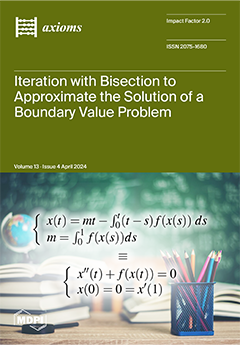Vegetables have a short period of freshness, and therefore, the purchase of vegetables has to be carefully matched with sales, especially in the “small production and big market” setting prevalent in China. Therefore, it is worthwhile to develop a systematic and comprehensive mathematical
[...] Read more.
Vegetables have a short period of freshness, and therefore, the purchase of vegetables has to be carefully matched with sales, especially in the “small production and big market” setting prevalent in China. Therefore, it is worthwhile to develop a systematic and comprehensive mathematical model of replenishment plans and pricing strategies for each category of vegetables and individual products. In this paper, we analyze the following three questions:
Question One: What is the distribution law and relationship between the sales volume of vegetable categories and single products?
Question Two: What is the relationship between total sales volume and cost-plus pricing of vegetable categories? And is it possible to provide the daily total replenishment and pricing strategy of each vegetable category for the following week to maximize supermarket profit?
Question Three: How can we incorporate the market demand for single vegetable products into a profit-maximizing program for supermarkets? Is it possible to further formulate the replenishment plan requirements for single products? To answer the first question, we created pivot tables to analyze occupancy. We found that mosaic leaves, peppers, and edible mushrooms accounted for a larger proportion of occupacy, while cauliflowers, aquatic rhizomes, and eggplants accounted for a smaller proportion. For the single items, lettuce, cabbage, green pepper, screw pepper, enoki mushroom, and shiitake mushroom accounted for a large proportion of their respective categories. We used the Pearson correlation coefficient and the Mfuzz package based on fuzzy c-means (FCM) algorithm to analyze the correlation between vegetable categories and single products. We found that there was a strong correlation between vegetable categories. Moreover, the sale of vegetable items belonging to the same category exhibited the same patterns of change over time. In order to address the second question, we established the LightGBM sales forecasting model. Combined with previous sales data, we forecasted and planned an efficient daily replenishment volume for each vegetable category in the coming week. In addition, we developed a pricing strategy for vegetable categories to maximize supermarket profits. For the third question, we built a dynamic programming model combining an optimal replenishment volume with a product pricing strategy for single items, which let the supermarket maximize its expected profits.
Full article




